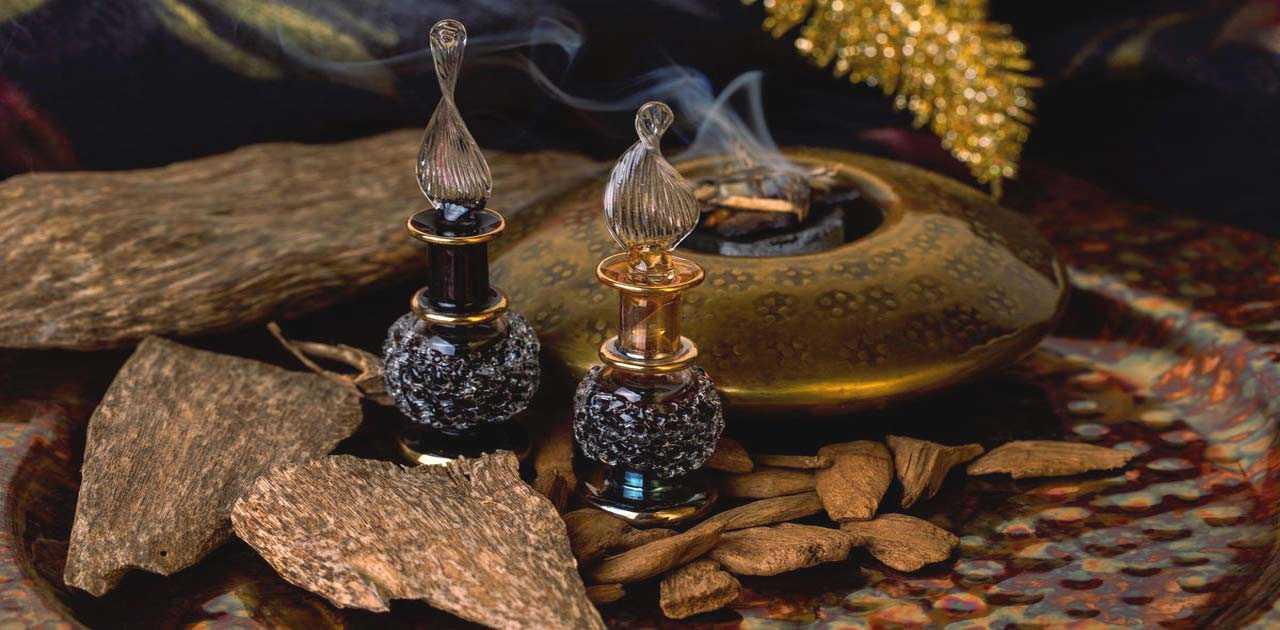Arabic perfume has enchanted people for centuries with its rich, exotic scents and historical significance. Known for its unique blend of natural ingredients, Arabic perfume captures the essence of the Middle Eastern culture and tradition. From the ancient streets of Cairo to the bustling markets of Dubai, the allure of Arabic perfume is undeniable. These fragrances are more than just scents; they are a journey through history, culture, and art. In this article, we will explore the fascinating world of Arabic perfume, delving into its history, unique characteristics, the art of making it, and tips on how to choose and use these enchanting fragrances.
History of Arabic Perfume
The history of Arabic perfume dates back thousands of years, deeply intertwined with the culture and traditions of the Middle East. Ancient Egyptians were among the first to develop perfumes, using them in religious rituals and daily life. The knowledge and practice of perfume making spread throughout the Arab world, evolving and refining over the centuries. Traditional ingredients like oud, rose, and musk were commonly used, and these elements remain central to Arabic perfumes today. The significance of perfume in historical trade and commerce cannot be overstated. It was a prized commodity, often traded along the Silk Road and other ancient trade routes, connecting the East and the West.
Unique Characteristics of Arabic Perfume
Arabic perfumes are renowned for their distinctive and complex scent profiles. The key ingredients often include oud, a rare and expensive resin, rose, which adds a floral note, musk for its rich and earthy scent, and amber, which provides a warm and sweet aroma. These ingredients are carefully blended to create unique fragrances that are both powerful and long-lasting. Unlike Western perfumes, which often emphasize lighter, fresher scents, Arabic perfumes tend to be richer and more intense. This depth of aroma is what sets Arabic perfumes apart, making them highly sought after by fragrance enthusiasts around the world.
The Art of Making Arabic Perfume
The process of making Arabic perfume is both an art and a science, requiring skill and expertise. Traditional methods involve extracting essential oils from natural ingredients through distillation and other techniques. These oils are then blended in precise proportions to create the final fragrance. Modern techniques have also been incorporated, allowing for greater consistency and quality control. However, the essence of craftsmanship remains paramount. Each bottle of Arabic perfume is a testament to the perfumer's skill, with attention to detail and a deep understanding of the ingredients used.
Popular Arabic Perfume Brands
Several brands have gained international acclaim for their high-quality Arabic perfumes. Renowned brands like Amouage, Arabian Oud, and Rasasi have built their reputation on crafting exquisite fragrances that capture the essence of the Middle East. These brands offer a range of signature scents and bestsellers, each with its unique character and appeal. They maintain quality and authenticity through meticulous sourcing of ingredients and adherence to traditional methods of perfume making. Exploring these brands provides an excellent introduction to the world of Arabic perfume.
Choosing the Right Arabic Perfume
Selecting the perfect Arabic perfume can be a delightful yet daunting task, given the variety of scents available. Understanding fragrance notes—top, middle, and base—can help you choose a scent that suits your personality and preferences. Top notes are the initial scents you smell, middle notes form the heart of the fragrance, and base notes linger the longest. Consider the season and occasion when choosing a perfume; lighter scents are ideal for daytime and warmer weather, while richer, more intense fragrances are perfect for evening and cooler seasons. Sampling different perfumes and giving them time to develop on your skin will help you find the one that resonates with you.
How to Apply and Store Arabic Perfume
Applying Arabic perfume correctly can enhance its longevity and effectiveness. The best practice is to apply it to pulse points like the wrists, neck, and behind the ears, where the warmth of your body helps to diffuse the fragrance. Layering your scent with complementary products like body lotion or oil can also extend its wear. Proper storage is crucial to maintaining the quality of your perfume. Keep it in a cool, dark place away from direct sunlight and temperature fluctuations. This will help preserve the integrity of the fragrance and ensure it remains as delightful as the day you first opened it.
Benefits of Using Arabic Perfume
Using arabic perfume offers several benefits beyond merely smelling pleasant. Many of the ingredients used in these perfumes, such as oud and rose, have aromatherapy properties that can promote relaxation and emotional well-being. Additionally, wearing a fragrance that resonates with you can boost your confidence and create a lasting impression. Arabic perfumes often reflect a deeper cultural and personal significance, connecting the wearer to a rich heritage and tradition. Moreover, many brands prioritize sustainable and ethical sourcing of ingredients, making them a conscientious choice for environmentally aware consumers.
Conclusion
Arabic perfume is a fascinating and multifaceted subject that encompasses history, culture, art, and science. Its unique characteristics and the meticulous craftsmanship involved in its creation set it apart from other types of fragrances. Whether you are a seasoned perfume enthusiast or new to the world of Arabic scents, exploring these perfumes can be a rewarding and enriching experience. So, dive into the world of Arabic perfume, and let its enchanting fragrances transport you to the heart of the Middle East.
